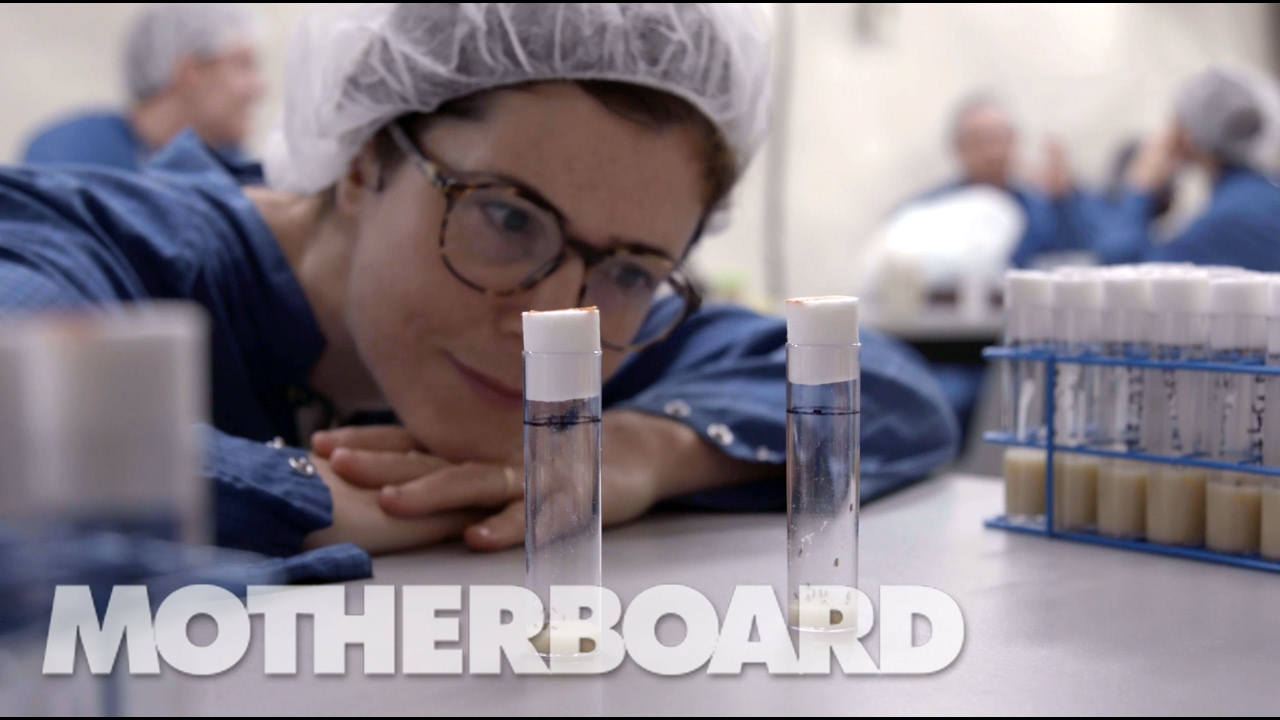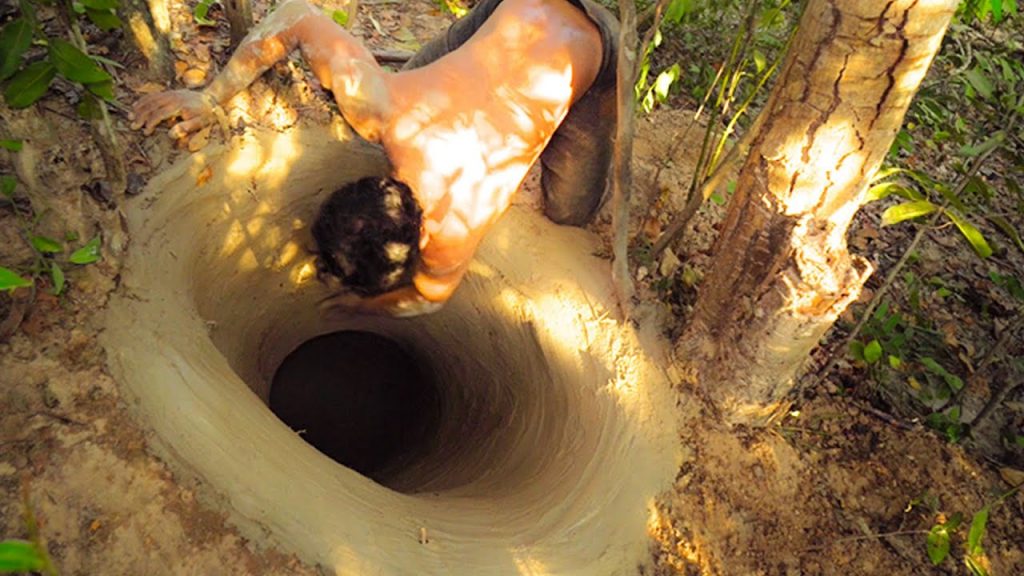SNOLAB: Inside the Dark Matter Lab Buried Over a Mile Underground

SNOLAB, one of the world’s premier laboratories, searches for dark matter, supernovas, and neutrinos 6,800 feet underground.
Motherboard meets the scientists and staff who make this place a leader in research and scientific exploration.
What is the history of the Sudbury Neutrino Observatory (SNO), and how did it lead to the establishment of SNOLAB?
SNOLAB: Inside the Dark Matter Lab Buried Over a Mile Underground
Nestled deep beneath the surface of the earth, in the Vale Creighton mine in Sudbury, Ontario, Canada, a remarkable laboratory operates with the sole purpose of unlocking one of the fundamental mysteries of our universe – the nature of dark matter. This laboratory is SNOLAB, the world-renowned facility that has been at the forefront of the search for dark matter for over a decade.
SNOLAB stands for Sudbury Neutrino Observatory Laboratory, and it is so named because it was built on the site of the original Sudbury Neutrino Observatory (SNO). The SNO experiment, which began in 1999, was designed to study solar neutrinos, elusive particles that emanate from the sun. But in the course of that study, SNO also produced groundbreaking results on the nature of neutrinos themselves, and paved the way for the establishment of SNOLAB.
SNOLAB is a 65,000 square foot underground laboratory that is situated over 2,000 meters (6,800 feet) beneath the ground. It is shielded from cosmic rays, which would otherwise interfere with the sensitive instruments, by the 6,000 meters (20,000 feet) of rock overhead. This remarkable environment makes it possible for SNOLAB to conduct its experiments with extreme precision, without interference from external sources of noise.
SNOLAB is equipped with some of the most advanced and sensitive equipment ever built to detect dark matter. Researchers use a combination of techniques to detect the weak signals that indicate the presence of dark matter particles. These techniques include ultra-sensitive detectors that can detect the faintest of signals, as well as liquid xenon detectors which are capable of detecting the smallest of signals.
One of the most exciting aspects of SNOLAB is the wide range of scientific experiments that are carried out within its walls. In addition to the search for dark matter, scientists at SNOLAB also conduct research on neutrinos, the subatomic particles that were the original focus of the SNO experiment. Neutrinos are fundamentally important to our understanding of the universe, as they are among the building blocks of matter.
In recent years, SNOLAB has made significant contributions to the international effort to discover the nature of dark matter. In 2013, for instance, researchers at SNOLAB reported the discovery of an unexpected radioactive decay signal that could potentially be related to the presence of dark matter particles. This discovery generated a great deal of excitement among scientists, and has been the focus of further investigation in the years since.
At SNOLAB, researchers are working tirelessly to unlock the mysteries of the universe. Their efforts are guided by a deep understanding of the importance of science to society, and a commitment to advancing our knowledge of the natural world. As we continue to peer deeper into the cosmos, we are sure to uncover new and exciting insights into the nature of dark matter, and SNOLAB will undoubtedly play an instrumental role in that discovery.









Can Cuttlefish camouflage in a living room?
Soldiers Encounter Mysterious Monsters in Vietnam War
How to Make a Concrete Curb for a Fence
This Tiny Home Community Gives Homeless Veterans A Chance – Working To End Veteran Homelessness
Inside Jessica Alba’s $10M Los Angeles Home